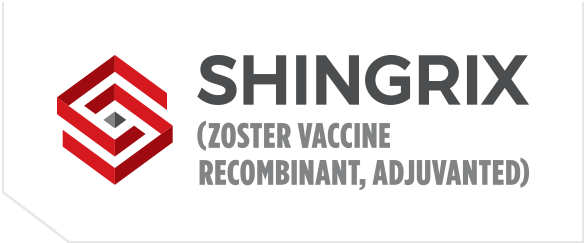
What is Shingles?
It is estimated that one out of every three adults in the United States will develop shingles later in their life, with 50% of all cases occurring in patients above 60 years old. Shingles is a virus that typically results in a painful rash that develops over the course of 7-10 days. This rash is a reactivation of the varicella zoster virus (chickenpox), so anyone who had chickenpox as a child is at risk for developing shingles later in life. Once the painful rash appears, the rash will begin to blister over and leave sores all over the body. Even when the rash has cleared patients may still experience nerve pain. The shingles virus is a more severe version of the chickenpox people have as children. People typically develop shingles once, but it can be reactivated multiple times. Fortunately, this virus is preventable with vaccines.
What are my options to prevent shingles?
There are currently 2 approved vaccines for the shingles: the Zostavax® (approved in 2006) and the Shingrix® (approved in 2017). Both vaccines help the immune system recognize and destroy the virus to lessen the chances of infection. The Zostavax® vaccine has been the prominent shingles vaccine for the past 11 years and was shown to only be 50% effective. However, for patients who received the vaccine but still developed shingles, the virus was much more mild than without the vaccine. Zostavax® have been approved for people over the age of 60, when the shingles virus is most virulent. Doctors now recommend that people who have gotten the Zostavax® also get the new shingles vaccine, Shingrix® to help provide further protection against the shingles virus. Shingrix® is the latest Shingles vaccine that was released in 2017 after getting FDA approval.
What is Shingrix?
The new Shingrix® vaccine provides up to 97% protection from the shingles for a little more than 5 years. Shingrix® is recommended for people over the age of 50. The vaccine is given as two separate doses. You will receive the second dose two to six months after the first dose. People can even sign up for Shingrix® second dose reminders online at www.shingrix.com. Some of the common side effects of the Shingrix® vaccine are injection site redness, swelling and mild pain, as well as tiredness and upset stomach, which is similar to Zostavax®.
Where can I get Shingrix?
Shingrix is available at most local pharmacies and can administered by a pharmacist. Certain SunRay drug stores are able to administer the Shingrix, so ask your pharmacist today.
